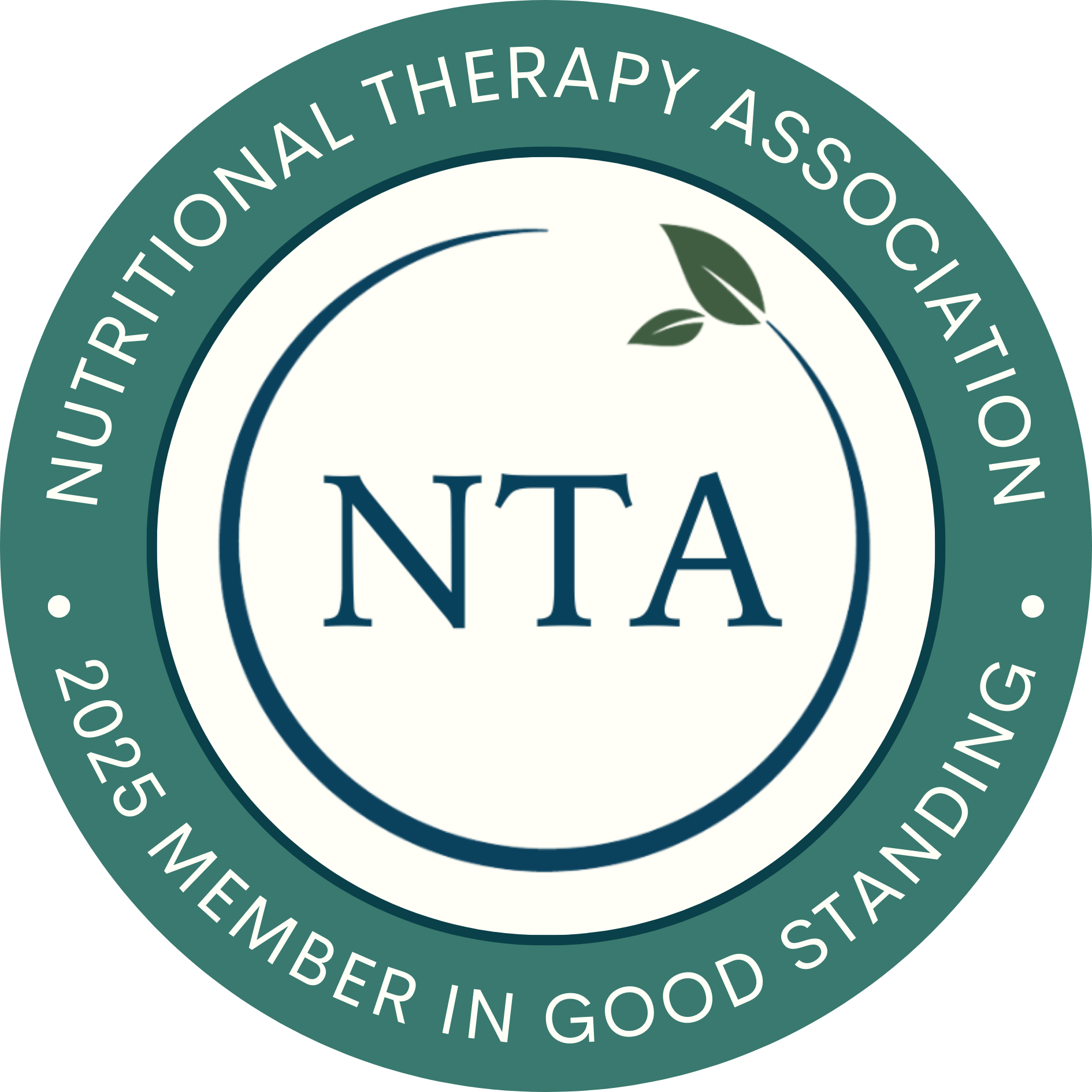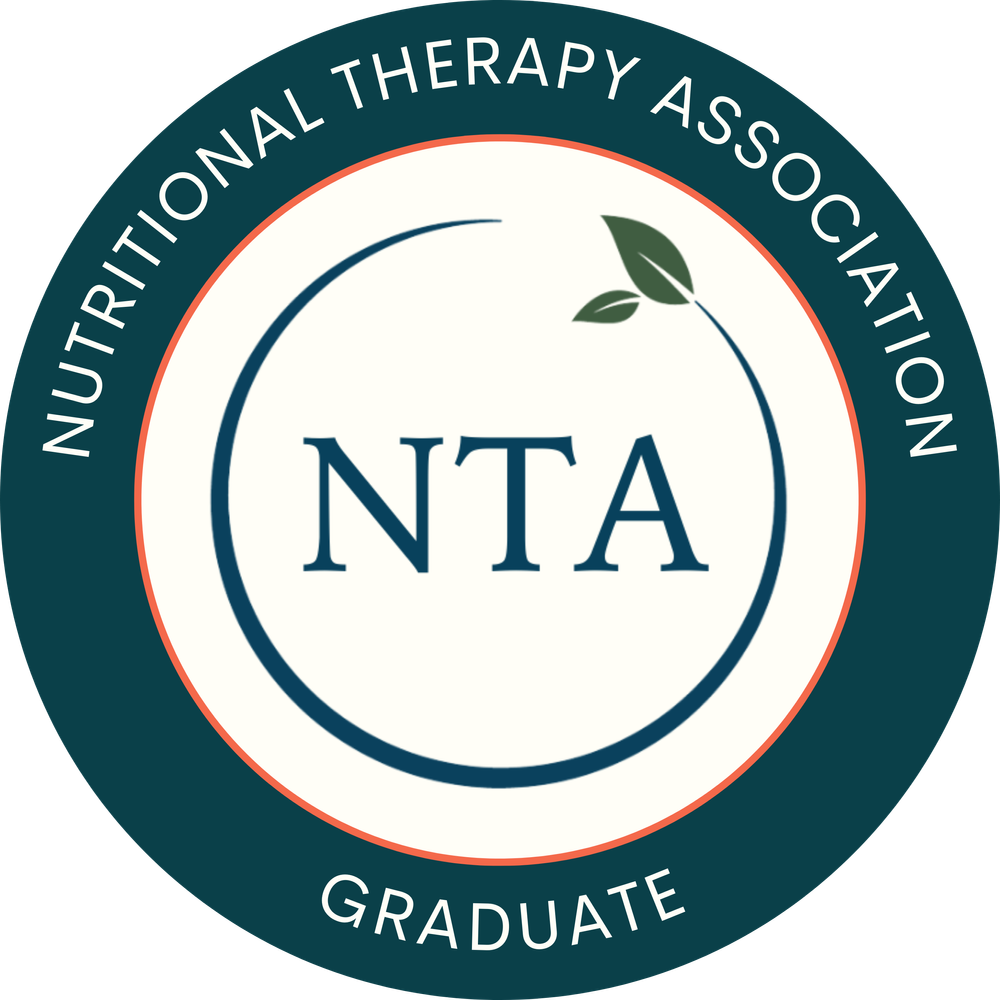What is macronutrient balancing?

Primary Foundation: Blood sugar regulation – balance & flexibility
Secondary Concept: Bio-Individuality
In the 2010 decade, you used to be able to get 360 g Toblerone bars at Shoppers Drug Mart for about $9.99 ($7.99 on sale).
I know, because I used to eat them on a regular basis and could comfortably down one in about an hour and a half, without batting an eye.
It was usually towards the end of the workday that I would feel the hankering come on and knowing that overtime was looming overhead, it was the fuel I was craving (and felt I needed) to get my work done and to my satisfaction.
So, I would happily skip down to the Shoppers Drug Mart near my office, pick up a bar, and add on to my already growing number of Optimum Points.
This is just one example of the ravenous sweet tooth that I used to have.
There was more 360 g Toblerone bar fueled work than I would ever want to admit (and it was fun while it lasted), this persistent sweet tooth revealed to me that there was something dramatically wrong with what I was doing.
What was I doing?
Interestingly, the worst of my sugar cravings occurred while I was attempting to be a vegetarian. I wanted to reap, what I understood were benefits to my health by following a vegetarian diet – at least, that’s what all the studies seemed to be indicating. (Ironic that I was seeking health, considering all the sugar I was consuming).
After attempting (and failing at) being a vegetarian for around seven and a half years, the only thing I was left feeling satisfied with was the fact that I had given it a good try. My conclusion, however, was that it just wasn’t right for me. Someone who was healthy shouldn’t have this many problems.
Coincidently, that’s when I discovered one of the greatest lessons I have learned in the world of nutrition - the concept of macronutrient balancing.
In this post, we’ll walk through the following:
1. Explain the concept of macronutrient balancing
2. Using macronutrient balancing to balance blood sugar
It is my hope that in conclusion, you will have a new understanding and a new helpful tool to use at meal time to support your blood sugar balance.
Here we go.
What is macronutrient balancing?
Macronutrient balancing is the appropriate representation and consumption of the macronutrients during a meal (or snack, if needed), in order to meet bio-individual needs.
One benefit to striking this appropriate balance is that it aids in sustaining blood-sugar levels, such that there is no hunger, cravings or need to eat for 3 – 5 hours. Experiencing this is a good sign!
Let’s back up and create some context.
In simple terms “nutrients” are instrumental to our bodies for energy, structure and function.
“Macro” just means that we need them in larger quantities to fulfill our body’s needs.
The macronutrients are: proteins, carbohydrates, fats, and water.
For the purposes of this discussion, we will leave water out, as it will receive its own rightful spotlight in a future post, when I dive into the topic of hydration.
“Micronutrients”, or nutrients we need in smaller quantities are: vitamins and minerals. We’ll also leave them for another day.
The concept of macronutrient balancing isn’t difficult – simply ensure protein, carbohydrates, and fats are present at each and every meal in order to optimally fuelled and maintain balance. Our bodies were designed to derive energy from each one.
While the concept isn’t difficult, we can easily lose traction and fall off balance in practice when not appropriately classifying and choosing quality sources, or not getting the quantity/proportions right for your needs.
Let’s start with quality.
Quality Proteins
Proteins provide both energy for our cells as well as important building blocks for structure (like our muscles, tissues, organs, hormones, enzymes, etc.).
They also serve a vital role in ensuring our meals provide us with satiation, that is a feeling of satisfaction during our meals. (1).
It is for this reason that I consider proteins to be an important “anchor” for every meal.
When choosing quality sources, animal proteins fit into this category, due to their nutrient-density, completeness, and bioavailability. Examples would include:
- Grass-fed red meat and organ meat
- Pasture raised poultry
- Wild-caught fish
- Free range eggs
- Whole dairy (raw or organic is ideal)
Of note is that nuts, seeds, and legumes also contain protein, but are considered incomplete, so the practice of protein combing is needed in order to make them complete, or containing of all 20 amino acids, according to the theory. In addition, these foods contain high levels of phytic acid which interfere with their absorption and aren’t tolerated, digestively, by everyone, so there are some considerations to take into account. (2).
Quality Carbohydrates
Think of a fire as an analogy for a moment.
What type of wood do you use to get a fire started?
It’s that small kindling wood that gets things going, right?
Carbohydrates are like our kindling.
They offer a quick source of energy to stoke the fire, but will quickly burn out by virtue of their basic structure.
While carbohydrates are probably the most hotly debated, loved and hated, and pulled apart in the world of nutrition, I’m hoping I can offer a useful reframing to help see them for what they are.
I would describe them as a macronutrient grouping that is simply very sensitive and changeable.
I’ll explain what I mean by that.
Broadly, they include: fruits, vegetables, grains, and legumes.
In their original form, they grow natively in specific locations and climates, have seasonal growing and harvesting cycles, and historically were prepared in specific ways for appropriate consumption (like soaking, sprouting, and fermenting for example) – in other words, they have an intended journey that is actually very specific, delicate, and often time-bound.
Traditional cultures seem to have been more observant and honouring of this natural process.
However, modern day year-round world-wide transportation of produce, while convenient, can compromise this natural process, impacting not only nutrient-density, but also the appropriate timing and method of their consumption.
Perhaps this is how carbohydrates have come to be so problematic. Perhaps they aren’t inherently a problem at all, but our mis-use of them that makes them so.
So, let’s reframe.
If we can ask ourselves the following questions and align our choices based on these principles, we’ll be closer to landing on what I would consider “quality carbohydrates”:
- Local – what fruits and vegetables grow in your local environment? (3)
- Seasonal – what is available, based upon the time of year it is? (4)
- Ancestral – what is your background? What foods are part of your ancestry? What time of year were they available? How were they prepared? (5)
- Properly prepared – is there a particular preparation method that will enhance the assimilation of this food? (6)
I’ve included some resources below in the References and Further Reading section that will help you research what carbohydrates might be best suited for you.
Phew, that was a long one. Carbohydrates are beautifully complicated, but I hope this little tangent gives you a new way to look at them.
Quality Fats
While we don’t generally think of fats as a densely packed energy providers for our cells, they absolutely are.
Returning to the analogy of a fire – fats are like the slow-burning logs that we put in that fire.
The fire chews on those logs for hours and hours, producing an abundance of heat in the process.
High quality sources include:
- Animal sources like wild-caught fish, eggs, and whole dairy (cheese, for example)
- Nuts like almonds, walnuts, and pistachios
- Seeds like chia, hemp, flax, and pumpkin
- Grass-fed butter, ghee, tallow, and duck fat
- Oils like olive or other cold-pressed seed oils like flax, hemp, or pumpkin (these should not be heated)
Like protein, fats also provide a feeling of satisfaction during a meal and slow the digestive process such that our bodies have a chance to absorb the vital nutrients from our food.
Macronutrient balance to balance blood sugar
Okay, so we’ve covered quality - now let’s shift to quantity and the act of balancing or finding the right macronutrient balance to support your blood sugar.
At this point, it is very customary for nutrition gurus to start pulling out numbers, ratios, calculations, percentages, and even apps to help explain the process of finding your ideal balance.
Customarily, key considerations in establishing optimal macronutrient balance include your current health status, body weight, activity levels, age, goals, individual needs, etc. These considerations are all valuable and important.
You may also see recommended proportions such as the following, though these have evolved over time (7):
Proteins – 19 - 35% calories
Carbohydrates – 22-40% of calories
Fats: 28-58 % of calories
Now don’t get me wrong, I love numbers, ratios, calculations, and percentages, and they certainly have their place, but for me, that place isn’t during the process of eating.
When I consider what our hunter-gatherer ancestors might have done, something tells me they weren’t calculating anything about their meals. More than likely, they were scooping them out, trusting their body’s innate wisdom to guide what was appropriate, and enjoying them.
As such, this instinctual approach is what I use and advocate for as well.
While imperfect, here is a framework you can use as a practical starting point - use your hand as your point of reference:
Protein – your palm (about 1 cup)
Carbohydrates –
- Vegetables (like broccoli or root vegetables) - your fist (about 1 cup)
- Leafy greens (like kale or Swiss chard) – your cupped hand (about 1 cup)
- Fruit and grains (apple or brown rice) – your fist again (also about 1 cup)
Fats – your thumb (about 1 teaspoon) (8)
Now build your plate from here.
Don’t worry, it’s not that these hand references mean you have to grab your food – they are just a sizing reference, that’s all.
Start with your anchor – your palm size of protein.
Next, your kindling wood – maybe try 2 fist sizes of your carbohydrates.
Lastly, drizzle or top with your slow burning logs – perhaps start with 1-2 teaspoons of fats.
Now the key is to dial up or down as you need to from here.
These are only starting points, but they give you some traction to work your way around.
Yes, it will take a little trial and error to get it right, but use your intuition or your gut instincts to guide you.
I myself run solid on the proteins and fats (I’m usually at 1 good palm of protein and around 2-ish tablespoons of fats – no joke), but I’m mid-range on the carbs with maybe around 2-3 fists when all is said and done.
You might find that a palm of protein is too much at first, so you could dial that down. You may also have some difficulty digesting fats, so go easy on them, if that’s the case for you. Or, you might also need more carbohydrates in the form of leafy greens and cruciferous vegetables to fill you up – go for it. This is your chance to shape your plate, so to speak.
It is ever-evolving (shifting as you move through seasons in the year or seasons in your life), but I have found it helps to have these guidelines as a mental framework.
Examples to get your started:
- Protein: Salmon (seasoned with sea salt, pepper & dill)
Carbohydrates: Cauliflower, sweet potato, mushrooms & onions roasted in ghee (seasoned with sea salt, pepper & oregano)
Fats: Pumpkin seeds - Protein: Beef stir fry sautéed in tallow (seasoned with Himalayan salt, pepper, Worcestershire sauce or Balsamic vinegar)
Carbohydrates: Steamed broccoli and minced garlic (seasoned with sea salt and pepper, drizzled with olive oil) + brown rice topped with grass-fed butter (cooked in vegetable broth)
Fats: Sesame seeds - Protein: Scrambled eggs in duck fat (seasoned with Himalayan salt, pepper & turmeric), plus
Carbohydrates: Kale, red pepper & minced ginger and garlic, with blueberries on the side (if in season)
Fats: Cashews
You’ll notice that these examples just reflect the “main” of a meal.
If you like dining like the French, like I do, there is certainly argument for an appetizer of veggies and vinaigrette, or topping off the meal with cheese, yogurt, or seasonal fruit at the end.
This all integrates into a well-paced satisfying meal that checks the macronutrient boxes.
Also, please don’t forget to macronutrient balance your breakfast. It can do wonders to energize and stabilize your morning.
Questions to ask yourself:
At the end of the day, your body dictates what proportions of macronutrients you need. No calculations, no specific diet, no recipe, etc. is going to determine this for you.
It is the conversation that you have with your body that is going to communicate to you whether you’ve hit that mark or not.
With that in mind, here are questions to ask yourself and signs to look for that tell you that you are on the right track.
You’ll recall when I spoke about the topic of bio-individuality, I used a simple framework of the 3 B’s (brain, body, and belly).
You can use this same framework to guide your questions, and just tweak a little here for the purposes of blood sugar:
Brain - does my cognitive function feel strong and sustained? Or, do my thoughts feel scattered, excessive, and/or incomplete? Are my emotions stable? Am I angry or grouchy?
Body – do my energy levels feel sufficient and stable? Or, did the food cause big spikes and drops in my energy?
Belly – consider satisfaction levels - did the meal leave me feeling satisfied or am I still craving something? Do I feel physically stuffed, but strangely still hungry?
Conclusion and final thoughts:
You may find this way of eating quite contrived at first.
You may be used to diving into a tray of lasagna or casserole and thinking to yourself – “well, all the macronutrients must be in there somewhere, right?”
Yes, that’s probably true, but their proportions may not be serving your bio-individual needs, and it may explain why you feel stuffed at the end of your meal, but not actually satisfied. Disappointing, I know.
While cravings can certainly be complex and represent several converging factors, my experience has been that if you are clawing your way back from stubborn sugar cravings (where blood sugar imbalance is a key factor), this structured way of eating is helpful at first (and perhaps for a while) in order to re-establish balance.
As I reflect back on my experience and attempts at being a vegetarian and what I know now about macronutrient balancing (and myself), it became so clear to me that my meals were lacking the quality and balance that I needed, and my sugar cravings were my body’s way of sending me a sign that such was the case. Once I addressed this, my sugar cravings vanished.
My take home message is this:
Your inputs matter.
By providing your body with quality ingredients, structure, and developing trust in it, it will guide you to what you need.
I hope the practice of macronutrient balancing helps offer you a way of taking back the reins and allows you to maneuver a bit more skillfully in balancing your blood sugar.
With that, I will leave you with one of my favourite quotes, which reminds us of the importance our inputs:
“Your input determines your outlook. Your outlook determines your output, and your output determines your future”. Zig Ziglar
References & Further Reading
- P. Morell, S. Fiszman, Revisiting the role of protein-induced satiation and satiety, Food Hydrocolloids, Volume 68, 2017, Pages 199-210, ISSN 0268-005X, https://doi.org/10.1016/j.foodhyd.2016.08.003. Retrieved from: https://www.sciencedirect.com/science/article/pii/S0268005X1630340X.
- Protein combining: Retrieved from: https://en.wikipedia.org/wiki/Protein_combining
- BC Farms and Food (local eating): https://bcfarmsandfood.com/whats-in-season/
- Guide to BC’s Local, Seasonal Food: https://buybc.gov.bc.ca/app/uploads/sites/386/2020/10/Seasonal-Chart.pdf
- Kresser, C. (2018, May 30). The Power of an Ancestral Perspective on Diet. Retrieved from Nutritional Therapy Association: https://nutritionaltherapy.com/the-power-of-an-ancestral-perspective-on-diet/
- Levy, J. (Oct. 2023). Sprout Guide: How (& Why) to Sprout Grains, Nuts & Beans. Retrieved from: https://draxe.com/nutrition/sprout/
- Cordain, L., Miller, J. B., Eaton, S. B., Mann, N., Holt, S. H., & Speth, J. D. (2000). Plant-animal subsistence ratios and macronutrient energy estimations in worldwide hunter-gatherer diets. The American Journal of Clinical Nutrition, 682-692.
- Schreiber, L.K (n.p.). Healthy Portions: Your hand size can tell you how much to eat. Retrieved from: https://balancedhealthstyles.com/healthy-portions-measured-by-hand-size/
Carreiro AL, Dhillon J, Gordon S, Higgins KA, Jacobs AG, McArthur BM, Redan BW, Rivera RL, Schmidt LR, Mattes RD. The Macronutrients, Appetite, and Energy Intake. Annu Rev Nutr. 2016 Jul 17;36:73-103. doi: 10.1146/annurev-nutr-121415-112624. PMID: 27431364; PMCID: PMC4960974.
Kereliuk, N. (Sep 2023). The Local Food Movement | Benefits of Eating Locally Sourced Food. Retrieved from: https://www.healthstandnutrition.com/benefits-of-locally-sourced-food/
Le, S. (2016). 100 Million Years of Food: What Our Ancestors Ate and Why It Matters Today. Picador
Nutrition & Metabolism - Part 1. Retrieved from: https://www.youtube.com/watch?v=fR3NxCR9z2U



